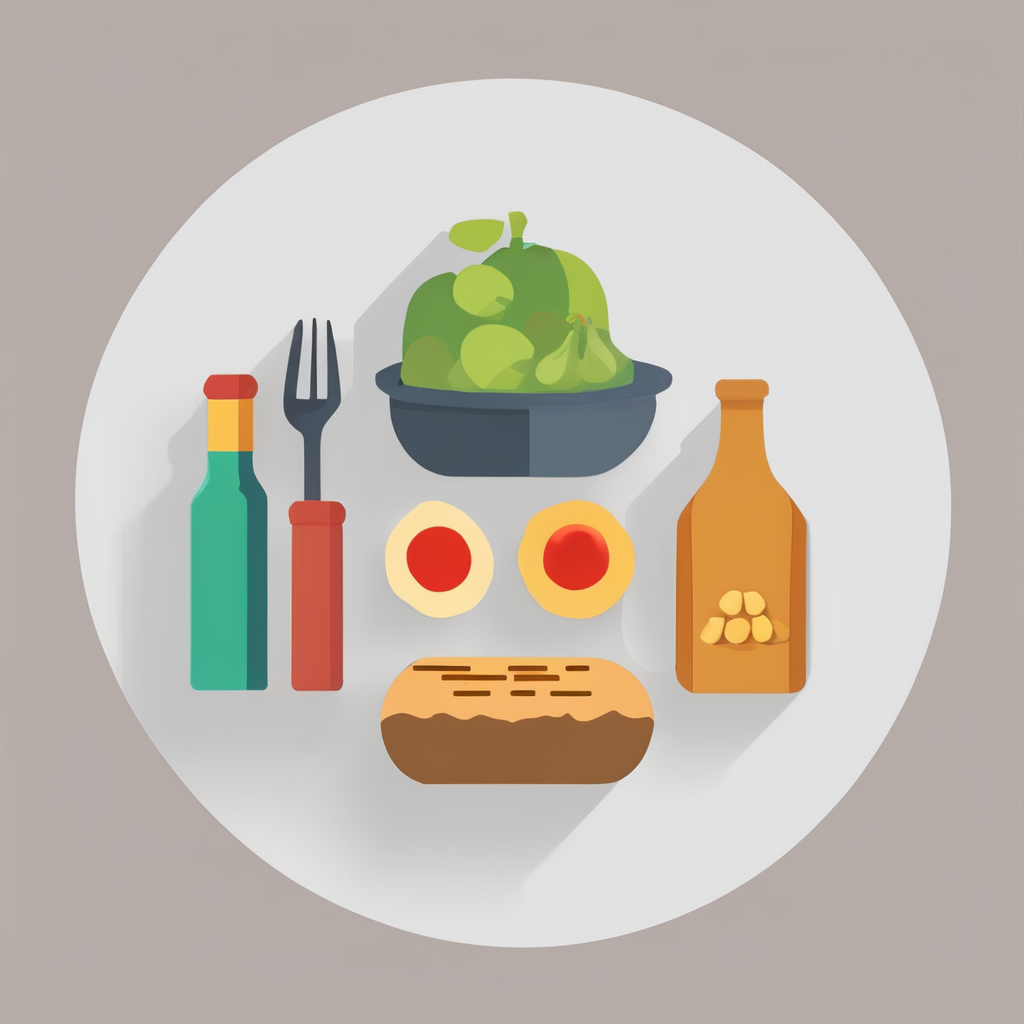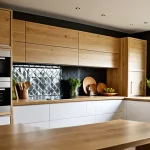Understanding UK Kitchenware Styles and Their Influence
In the UK, kitchenware styles prominently include traditional, modern, and rustic designs, each shaping how kitchens function and feel. Traditional UK kitchenware often features classic materials like ceramic and copper, promoting a sense of heritage and warmth. These styles not only celebrate the past but also influence cooking routines, encouraging methods like slow simmering or baking that align with more deliberate meal preparation.
Modern UK kitchenware styles, by contrast, emphasize sleek lines and often incorporate stainless steel or glass, reflecting a fast-paced lifestyle. This style influences cooking by prioritizing efficiency, with tools designed for quick preparation and easy cleanup, catering to busy households mindful of time constraints.
This might interest you : What Are the Most Surprising Uses for Everyday Kitchen Products in the UK?
Rustic kitchenware bridges the gap, offering natural wood finishes and handcrafted elements that create a cozy atmosphere. This style influences culinary habits by inviting more tactile, hands-on cooking experiences, often linked to traditional British recipes. Over time, these UK kitchen design trends illustrate a dynamic interplay between aesthetics and function, where the visual appeal of kitchenware connects profoundly with how cooking is approached in daily life.
By understanding these styles, consumers can see how their kitchenware choices affect not only the look of their space but also their culinary routines, making it essential to align style with practical cooking needs.
Also read : How Does the Functionality of UK Kitchen Products Affect Daily Cooking Routines?
Design and Material Characteristics in UK Kitchenware
Explore how different materials shape kitchenware design.
UK kitchenware materials play a crucial role in both aesthetics and functionality within kitchen environments. Traditional styles often employ ceramic and copper, prized for their heat retention and classic visual appeal. Ceramic remains popular for its durability and elegant finish, although it requires careful handling to avoid chipping. Copper offers excellent thermal conductivity but demands regular polishing to maintain its shine.
Modern UK kitchenware, by contrast, leans heavily on stainless steel due to its sleek appearance and robust, low-maintenance properties. Stainless steel resists corrosion, making it ideal for busy kitchens where hygiene and easy cleaning are priorities. Its versatility supports numerous kitchenware designs, complementing minimalist UK kitchen design preferences.
Rustic kitchenware frequently features wooden elements that add a warm, tactile quality to cooking. Wood is favored for its natural charm and ability to withstand high temperatures when properly treated. However, it requires diligent maintenance to prevent drying or cracking, balancing rustic aesthetics with practicality.
When choosing kitchenware design, consider both the longevity and upkeep each material demands. The integration of kitchenware influence on cooking styles often reflects these material characteristics, directly impacting how UK kitchens function and look over time. These material choices bridge the gap between beauty and usefulness in everyday culinary tasks.
Impact of Kitchenware Styles on Culinary Choices
Kitchenware styles in the UK directly shape culinary habits and recipe adaptation. Traditional UK kitchenware styles such as ceramic and copper encourage slow cooking techniques like simmering or roasting, which suit recipes requiring steady heat distribution. This influence reflects in British classics like stews and roasts where even heat and gradual cooking enhance flavors.
Modern kitchenware styles, featuring stainless steel and streamlined designs, support fast-paced cooking. Their efficiency enables quick meal preparation and easy cleanup, which is essential for busy households. Consequently, recipes adaptable to rapid cooking or one-pot meals align well with modern kitchen tools, while more time-intensive dishes may be less practical.
Rustic kitchenware inspires tactile cooking experiences, with wooden utensils and handcrafted pots fostering hands-on preparation. This style supports traditional recipes emphasizing fresh ingredients and manual tasks such as kneading dough or chopping herbs, reinforcing the sensory connection with food.
In day-to-day cooking, kitchenware influence extends to meal planning and entertaining. For instance, using copper pans for sauteing can produce superior flavor, motivating some cooks to experiment with dishes that benefit from specific materials. Conversely, utensil limitations in certain styles may restrict complex techniques, shaping the culinary routines preferred by UK households. Understanding these connections helps home cooks align their kitchen tools with their cooking goals for optimal results.
Selecting Kitchenware to Match Your Culinary Preferences
Balancing style with function is key when choosing kitchenware. Start by assessing your cooking habits: do you prefer slow simmering, quick meals, or hands-on preparation? Matching your activity to UK kitchenware styles maximizes efficiency and enjoyment.
For example, those who enjoy traditional cooking might benefit from ceramic or copper pots that suit slow-cooked recipes. If speed and easy cleanup are priorities, stainless steel tools aligned with modern UK kitchen design work best. Rustic styles, incorporating wooden utensils, enhance tactile, artisanal cooking processes.
When choosing kitchenware, also consider maintenance. Copper requires regular polishing while wood demands conditioning to prevent damage. Stainless steel’s durability makes it low maintenance, ideal for daily, fast-paced use.
Combining styles is possible but requires thoughtful pairing. For instance, use rustic wooden boards alongside modern stainless steel knives to balance aesthetic appeal with functionality. These choices influence culinary outcomes by supporting specific cooking techniques and habits.
Ultimately, knowing how UK kitchenware styles interact with your kitchen routine helps in crafting a kitchen that looks great and works well. Thoughtful selection empowers home cooks, enriching their food preparation and time in the kitchen.

